The Agile Manifesto clearly says that to create and sustain an Agile environment for the work we need to: “Build projects around motivated individuals.”
When we start to relate this to maintenance we can see that the maintenance team is the beating heart of maintenance process. Data, system, processes are vital for the maintenance process to be an added value to the organization. However, maintenance can’t be realized without the maintenance team. To step up to the maintenance best practices; then, you need a motivated team. Moreover, there are no current or future plans to create a robotic based maintenance to replace the maintenance team. That means that we need to care about the psycological traits of this team. The trends merely tend to offload the risky or highly precision operations to robotic machines. Also those tasks that need long consistent or repeated actions are those tasks that robots are currently good at. Anyhow, those robots or robotic machines are operated by the maintenance team.
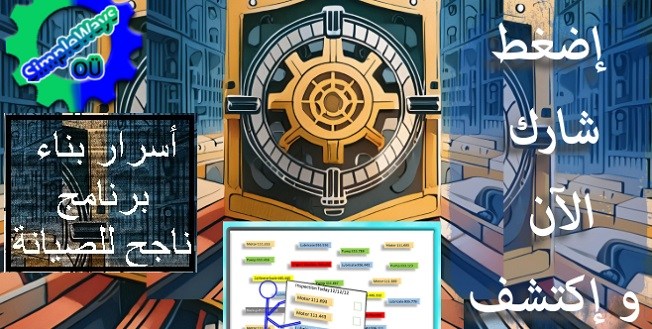
BESTPRICE-ENDS-06FEB
This means that the maintenance team is here to continue as the core element of the maintenance process. So if we need to make the maintenance process Agile, we need to consider first the traits that we need to add or emphasize in the maintenance team to reach an Agile Maintenance process.
Why a motivated team can create a difference?
We need to understand 3 main facets of this question:
- What is Motivation?
- What we expect from this motivated individual or team?
- How Someone gets motivated?
Firstly, Motivation is having a motive to get something done or to reach a target. So, you may you know that something need to be done. However, you have no motivation to do it. This means that you won’t consider taking serious actions towards it. This motivation can be positive or negative. In case you are afraid from the negative personal consequences on you of not doing, then you push yourself to do the minimum that protects you from punishment.This deprives the motivation from its core benefits.
Secondly, What is expected when you are positively motivated to do something? When you are motivated in a healthy way, then you are Actively working on the task that you have in hand. And, you are persistent in your way to fulfil the required task may be by being creative in finding solutions to obstacles. Last but not least, your actions has some intensity in them. You are willingly exerting the needful effort and holding yourself accountable for achieving the best out of your tasks.
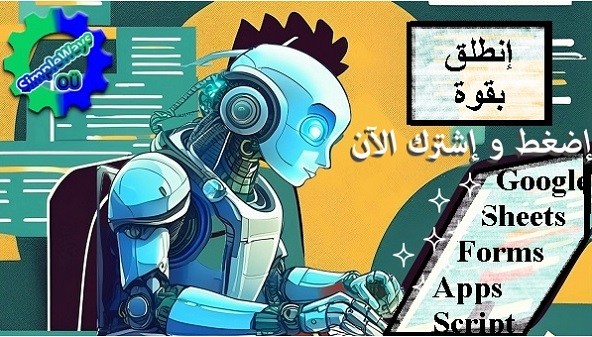
BESTPRICE-ENDS-06FEB
When the team is Actively working on their tasks to creatively find solutions for achieving the best results and, they are willingly putting the needed effort tthen we can consider the team as motivated. A motivated team with this attitude can easily adopt the Agile philosophy. The Agile Philosophy was very well described in What Is Agile: Methodology or Philosophy? – from Kanbanize: “The Agile philosophy promotes collective input from collaborators, partners, and customers to achieve its goals: deliver faster high-quality value, improve customer satisfaction, and build a company culture of continuous improvement.”
How to maintain the the team motivated?
Thirdly, How to motivate someone? Unfortunately but realistically, motivators follow the Maslow’s Hierarchy or Pyramid of Needs. You can find a profound insight in this article: Manager’s role to support the hierarchy of needs. I presume that the first 2 levels of the pyramid are already covered in the maintenance team of the organization that tends to be agile. Those are the physiological and safety needs. The next levels are the social needs, esteem and self actualization. So to motivate the maintenance team you need to understand where they are on the Maslow’s Hierarchy of needs. Then you apply the proper motivators.
You can find a deep insight about how to boost your team performance in this article: 11 ideas to boost your team. In this chat we had described 11 practical ways to boost your team motivation and engagement. Many of them are super easy & within your reach.

BESTPRICE-ENDS-06FEB
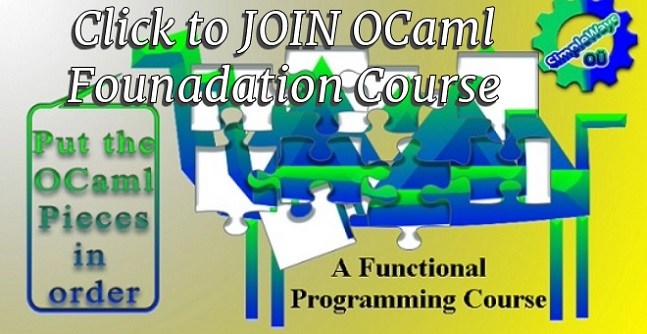
BESTPRICE-ENDS-06FEB
The other side of the motivation is to maintain the team motivated. So we don’t invest in a campaign to motivate our teams in the first quarte then, we sleep on it forever after. Everything will return to the comfort zone before this motivating initiative within a short period. Why? Because the team didn’t take enough time to adopt this Agile way of doing things as its second nature. Humans get shaped and programmed with time not immediately. Robots will perform in the new way once you upload the new algorithm to their CPU.
This means that we need to create a new culture of constant motivation within the team. We had some deep insights about how to sustain a cheerful workplace. Those ideas work whenever you need to make a culture change in the workplace. You can find them here:
How to create a sustainable change?
The following steps and ideas helps to create and sustain a change in the work place:
- Believe in the idea: The fantasy of a cheerful workplace
- Select your heroes: Episode 2, A cheerful workplace, the importance of the light seeds
- Stay loyal to the new values: Episode 3, A cheerful workplace, climb a mountain
- Do not make a forceful change: Episode 4, A cheerful workplace, A cheerfulness bomb
- Simple Changes are more profound: Episode 5, A cheerful workplace, make it simple but profound
- First know workplace perceptions then, change it: Episode 6, A cheerful workplace, Are you cheerful at work?
- Select how to see your reality so you can manifest it: Episode 7, A cheerful workplace, Expect the good
- Boost the sense of collaboration and empath: Episode 8, A cheerful workplace, we are one divided into bodies
Is it innate to be motivated?
Innate personality traits are those traits that can describe the characters of most of the humans. As per the “INTRODUCTION TO PSYCHOLOGY” which is studied in many reputable universities the top 5 human traits are:

BESTPRICE-ENDS-06FEB
- Openness; which is the tendency to appreciate new things
- Conscientiousness; which is the tendency to follow rules
- Extraversion; which is the tendency to be sociable
- Agreeableness; which is the tendency to agree with others
- Neuroticism; which is the tendency to frequently experience negative emotions
When you carefully look at those top five traits, you can see that the first four of them are commonly positive traits that it is better to emphasize or increase its facets in our life. The last one has a negative connotation. So, it is better to eliminate or diminish the existence of its facets in our life.
Is motivation closely coupled with the top five human behavioral traits?
Even if motivation is not one of the top five traits but its subtraits or facets is out there on the positive side of those traits. The positive side of the top traits is what we commonly consider as the good end of the scale where we like to be. The motivated team is open to diverse behavior and new and different ideas as the openness trait. The conscientiousness facets include competent, ordered, dutiful, achievement oriented, self-disciplined and deliberate. Those facets typically describe how a motivated individual or team would look like. What is common between extraversion trait and the motivation are the active facet and the positive emotionality subtrait. While if we look from the agreeableness point of view we can see that motivated individuals or teams are straightforward and compliant.

BESTPRICE-ENDS-06FEB

BESTPRICE-ENDS-06FEB
From all those similarities between the top five human traits and the motivation characteristics, we can conclude that motivation is equally innate as openness, extraversion, conscientiousness and agreeability.
All those facets ensures the flexibility, dynamicity and keenness to deliver and add value. That’s all what agility is about.
In Conclusion,
The Agile Manifesto clearly says that to create and sustain an Agile environment for the work we need to: “Build projects around motivated individuals.” Same statement applies to maintenance. So, to create and sustain an Agile maintenance we need to build the maintenance process around motivated maintenance teams and individuals. Why? and How? That’s what we had deeply discussed in this article to conclude that a motivated team can easily run an agile maintenance process.
If you feel you need help with any of these ideas we discussed, request a Management Consultancy or Coaching Services From our Store

BESTPRICE-ENDS-06FEB

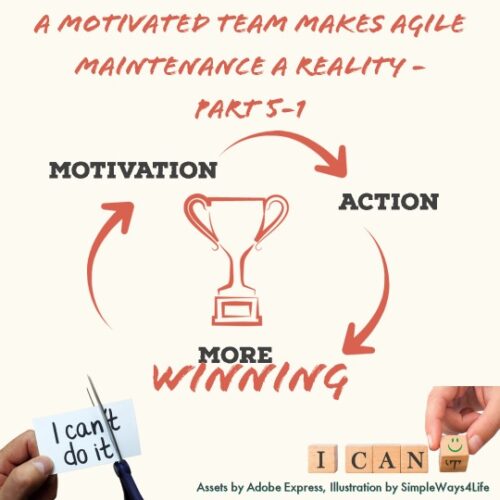
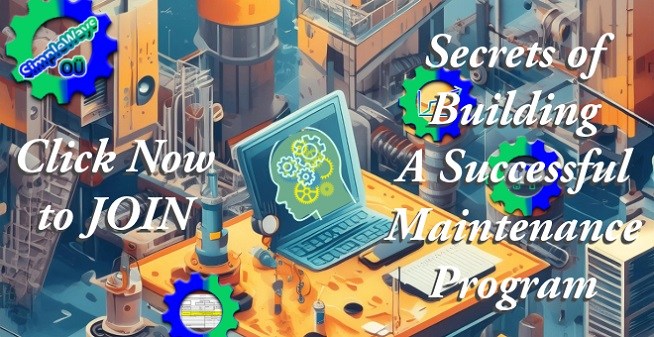


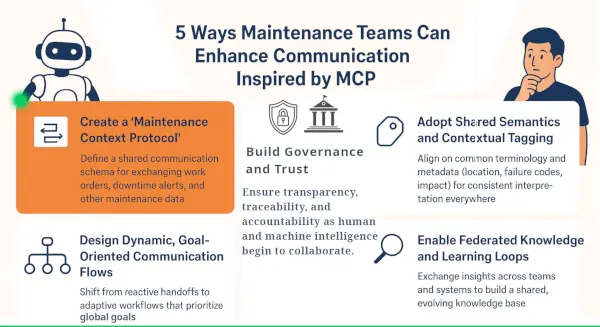
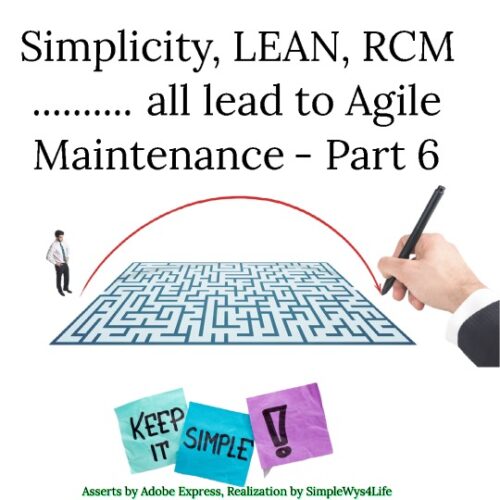
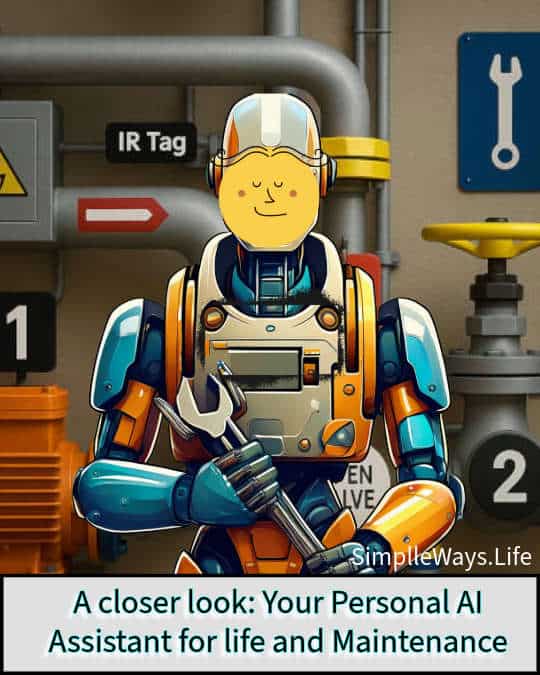

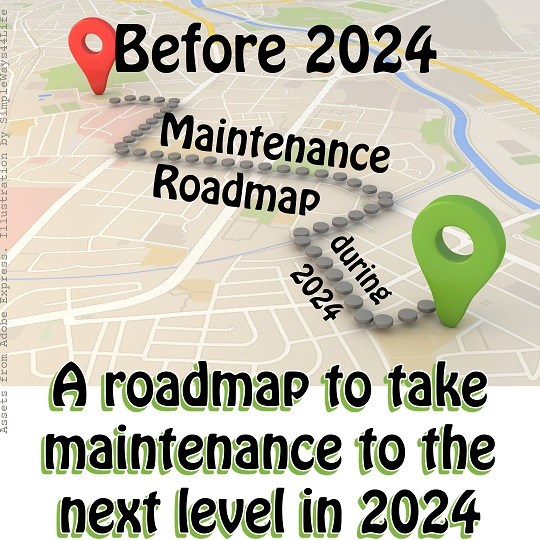
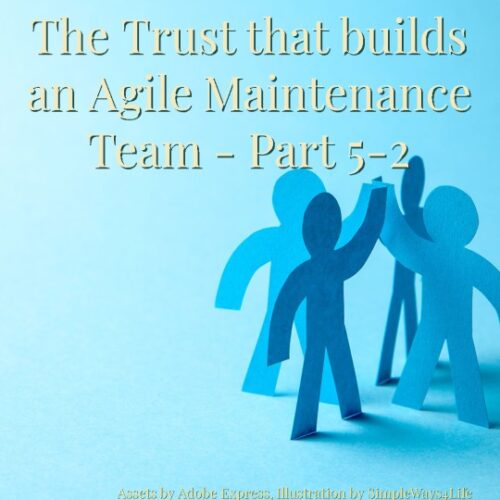
2 Comments